Counter-Strike: Global Offensive
Strike three.
It can be difficult to get into a multiplayer shooter that's been out for even a week. Other players will know the layout of the maps, have a keener understanding of the weapons, and a better feel for the controls. Now imagine getting into a game that's been played obsessively for over a decade and it can feel next to impossible.
Such is the case with Counter-Strike, Minh "Gooseman" Le and Jess Cliffe's competitive multiplayer mod from 1999. In the time since its inception we've had Halo and Call of Duty come and go and come back again, the word "pwned" has entered the pop-culture vernacular, and dual analogue sticks have become the norm for console games, allowing the FPS genre to thrive in a space previously dominated by Goldeneye. A lot has changed, so coming into Counter-Strike now can feel like an exercise in futility.
This hasn't stopped Valve from renovating its aging warhorse in a way accessible to today's market that may not be familiar with the legendary shooter. Their upcoming iteration, Counter-Strike: Global Offensive, seeks to maintain the series' hardcore sensibilities, while opening it up for new players.
The core mechanics will remain much as they ever were. One team plays as terrorists, tasked with setting bombs or keeping hostages. Another is a counter-terrorist squad sent to dispose the threat. Each team spawns on different sides of the map until their multiple routes collide with bloody results.
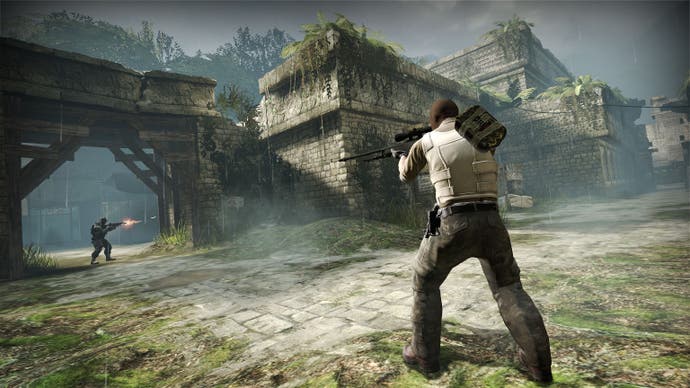
What separates Counter-Strike from the bulk of its modern FPS brethren is that there's no respawn. Further adding to this harsh realism, players can only take a miniscule amount of damage, often dying in one or two shots. There's a mini-map that gives away enemy positions, but only if they're currently in a squadmate's point of view. In short, it's perpetually living out the climax of a tense battle. It's fiendishly taut, but not exactly alluring for newcomers when others have been practicing since back when Daikatana was a heavily anticipated title.
To overcome this, Counter-Strike: Global Offensive adds ranked match-making, a first for the series. While Counter-Strike's central conflict remains timeless, its inability to pair players with those of similar skill is woefully dated. Given the series' high bar of entry, this could be the biggest attraction to reel in new players.
Furthermore, Valve's research showed that people played Counter-Strike in two ways: competitively and casually. In order to appease both camps, Counter-Strike: Global Offensive has two different modes available based on what kind of player you are.
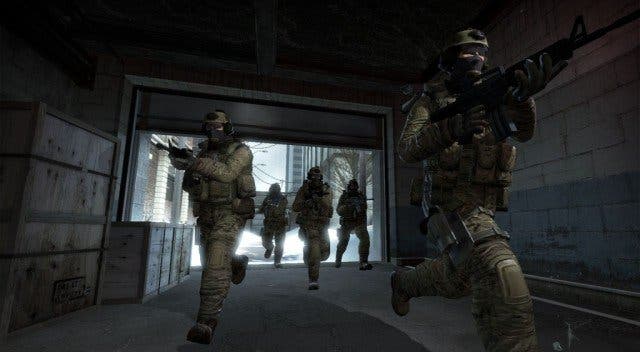
Competitive mode is serious business. You can only spectate squadmates after you die, communicate only with teammates, and the in-game economic repercussions for dying are as harsh as the global economy is right now.
Casual mode has more lenient restrictions on what you can buy, allows everyone to chat regardless of alignment, and you can view all players' viewpoints after dying. This also matches you with friends independent of skill. For those who play primarily as a social experience, this is a good way to avoid the rabid fanatics who will throw a hissy fit if a teammate messes up. "We've simultaneously raised the skill ceiling and lowered the skill floor," says project lead Ido Magal in regards to these new options.


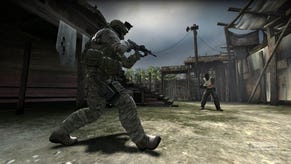
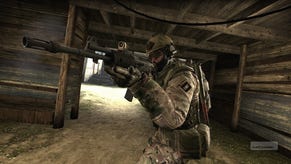
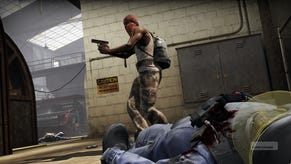






.png?width=291&height=164&fit=crop&quality=80&format=jpg&auto=webp)



